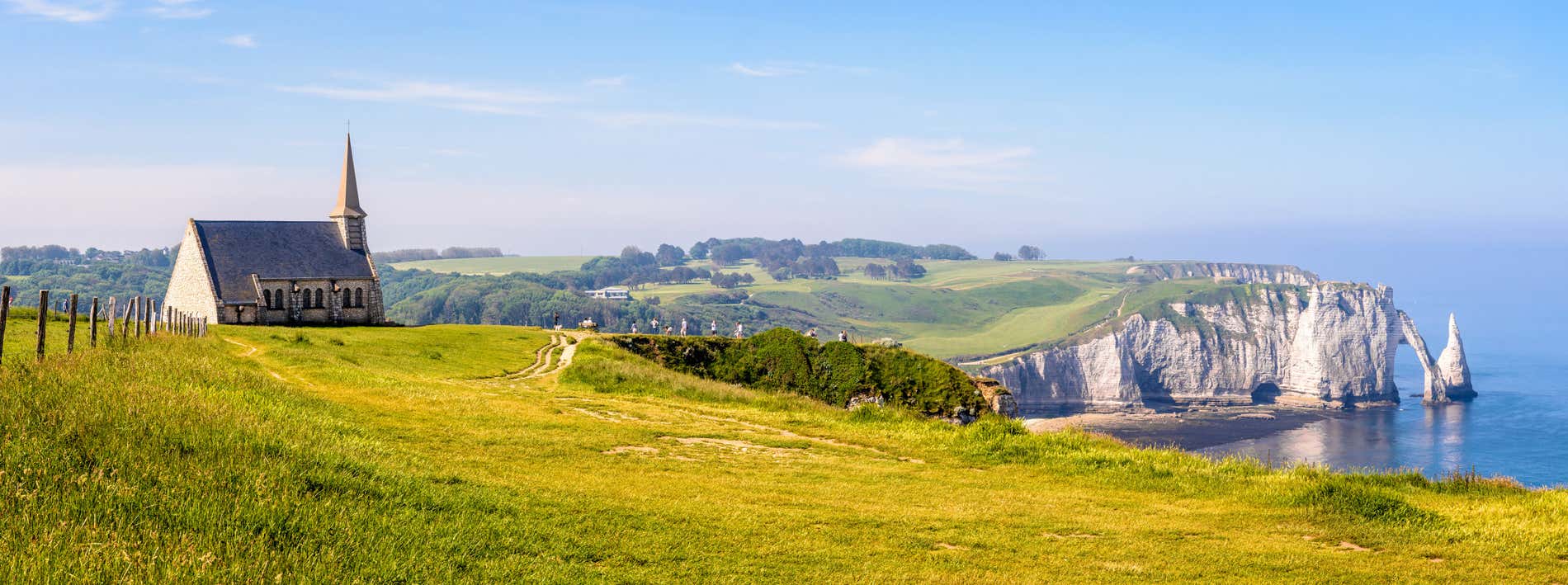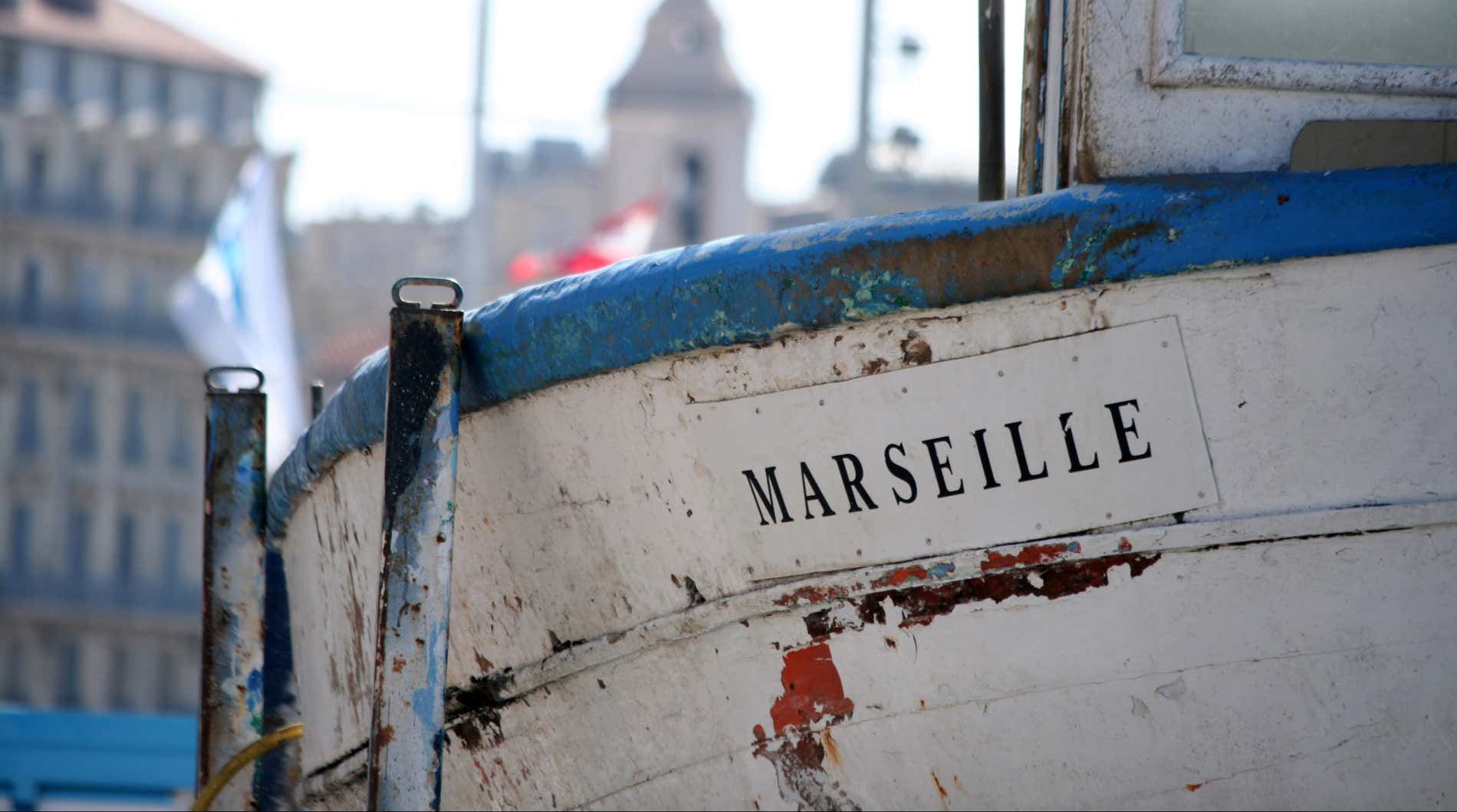11 Things to Do in Luxembourg: Europe’s Hidden Gem
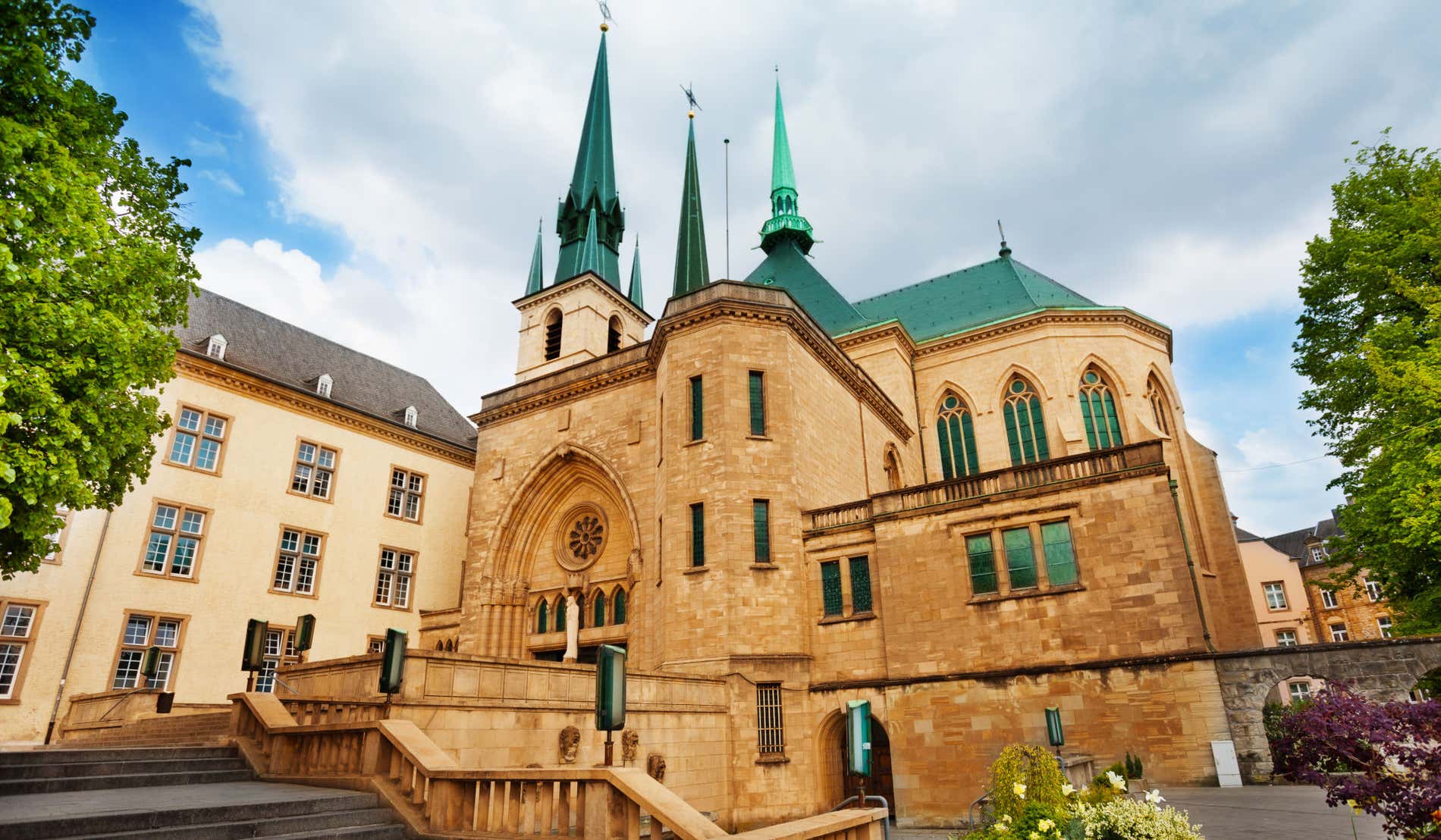
Did you know that Luxembourg was one of the founding members of both the European Union and NATO? Or that its residents often speak at least four languages, including Luxembourgish, French, German, and English? Despite being one of the smallest countries in the world and the seventh smallest in Europe, Luxembourg is packed with charm, history, and innovation. Its strategic location at the crossroads of European cultures makes it a fascinating blend of old-world tradition and modern sophistication. At Civitatis, we’ve gathered recommendations for what to see and do in Luxembourg to make your visit truly unforgettable.
Here’s another fun fact: Luxembourg is the first country in the world to make public transport completely free! Whether by tram, train, or bus, you can navigate the city and its picturesque surroundings with ease. This green initiative reflects the country’s commitment to sustainability while making it more convenient for locals and visitors alike to enjoy its stunning landscapes, historical landmarks, and modern urban design.
So, ready to explore? Here are the 11 best things to do in Luxembourg that you won’t want to miss!
Things to Do in Luxembourg
1. Explore Luxembourg by Bike
Luxembourg is a city of contrasts, where historic charm meets modern flair with winding streets, cliffs, and stunning valleys. Although Luxembourg’s hilly terrain can be challenging, Luxembourg is a great destination to explore on two wheels, and even better if it’s on an electric bike!
If you’re looking for a fun plan that blends sport and tourism when you arrive, we recommend you check out this electric bike tour to cycle effortlessly while enjoying the fresh air and views. You’ll pedal through the city’s charming neighborhoods and see its top landmarks, such as the Grand Ducal Palace, the Chemin de la Corniche, Neumünster Abbey, and more.
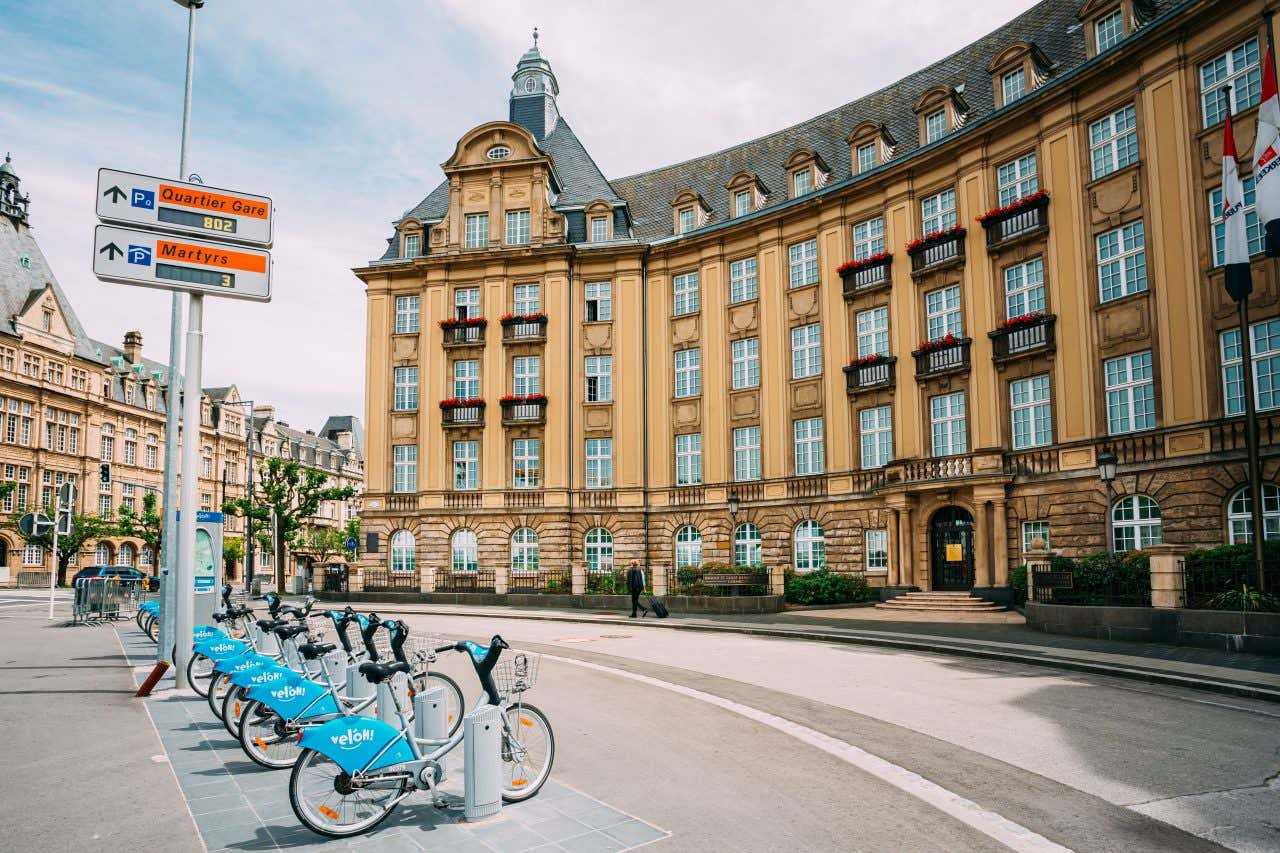
2. Take in the Sights from Chemin de la Corniche
Chemin de la Corniche is one of the most iconic spots in Luxembourg City and is located on the cliffside of Luxembourg City’s old town (Ville Haute). Often referred to as “Europe’s most beautiful balcony,” this historic pedestrian promenade runs along the city’s 17th-century walls, which were once part of the city’s defenses.
Take in the breathtaking sights of the lower part of the city, known as the Grund district, as well as the Alzette River that flows throughout the city from this elevated viewpoint. From here, you can enjoy the scenic views of the lush valley, the city’s historical buildings, and the striking contrasts between the old and modern parts of Luxembourg. It’s one of the most photographed spots in the city, and you’ll see why!
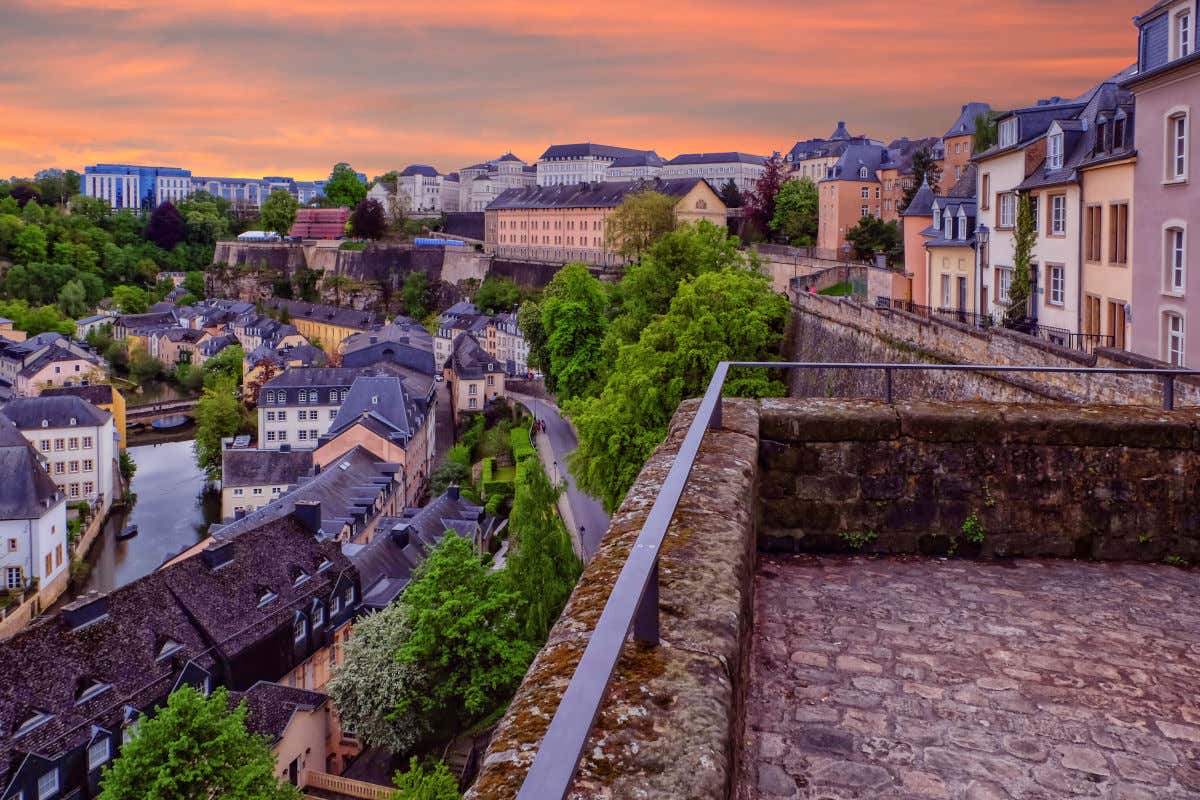
3. Check Out the Grand Ducal Palace
Dating back to 1572, the Grand Ducal Palace is the official residence of the Grand Duke of Luxembourg, the head of state. It’s located at Place Guillaume II (William Square), in the heart of Luxembourg City, near the Luxembourg City Hall and the Notre-Dame Cathedral. From the outside, you’ll see ornate carvings, detailed windows, and an elegant clock tower, while inside, you’ll find historical chambers, luxurious furniture, and grand ceremonial rooms. Although the Grand Ducal Palace is not open for daily visits, if you want to explore the inside of this royal residence, there are guided tours available during certain times of the year.
This palace may surprise you with its modest size compared to other royal palaces in Europe. In fact, even the changing of the guard ceremony is smaller and more intimate, as it has only four soldiers participating!
Pro tip: After visiting the palace, you can treat yourself to the Chocolate House Nathalie Bonn. It’s famous in Luxembourg for its homemade chocolates!
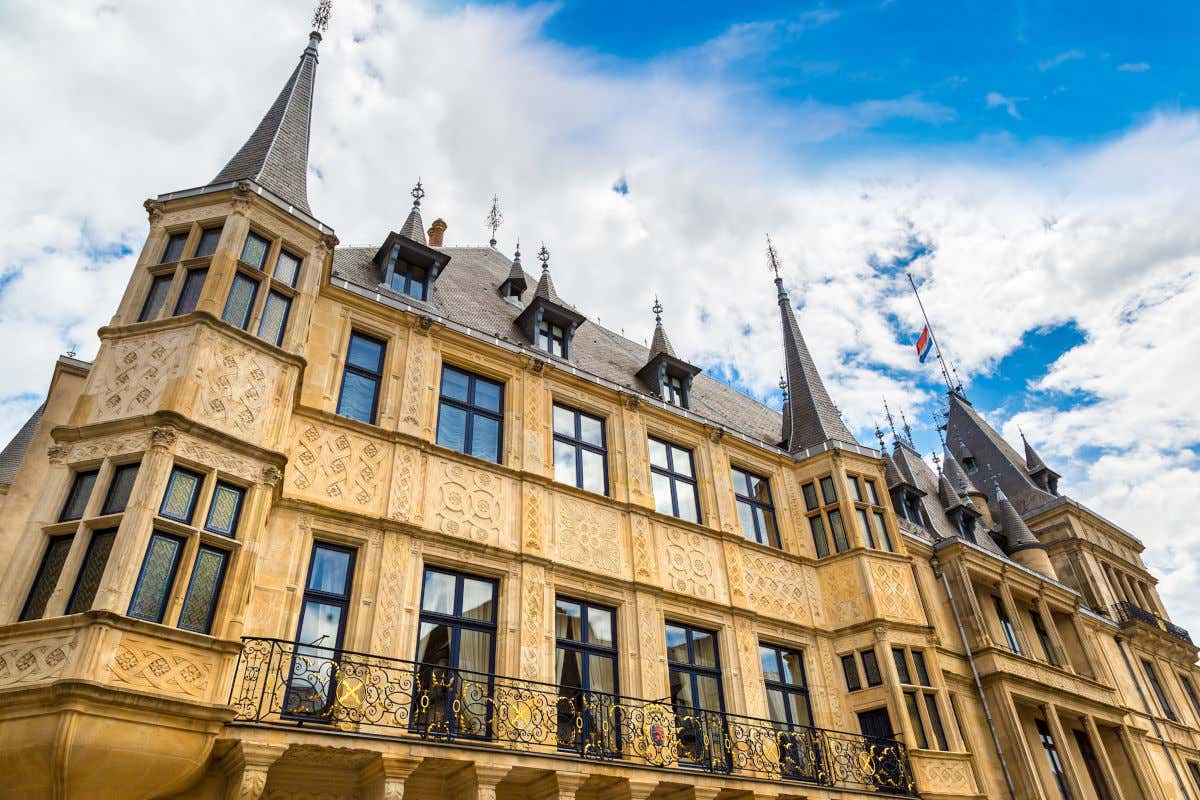
4. Step Into the Notre-Dame Cathedral
Within walking distance of the Grand Ducal Palace, the Notre-Dame Cathedral was built in 1613 as a Jesuit church. It’s considered one of the most important landmarks in the city and is the only cathedral in Luxembourg.
This cathedral in southern Luxembourg is known for its stunning facade, which blends Gothic and Renaissance styles, and features twin towers and arches. Inside, you can see modern sculptures that contrast with the architecture, religious art, and an impressive organ. The main highlights of this cathedral are its beautiful stained-glass windows and the crypt with the tombs of past dukes and royal family members. Why not visit this historic site? It’s completely free to enter!
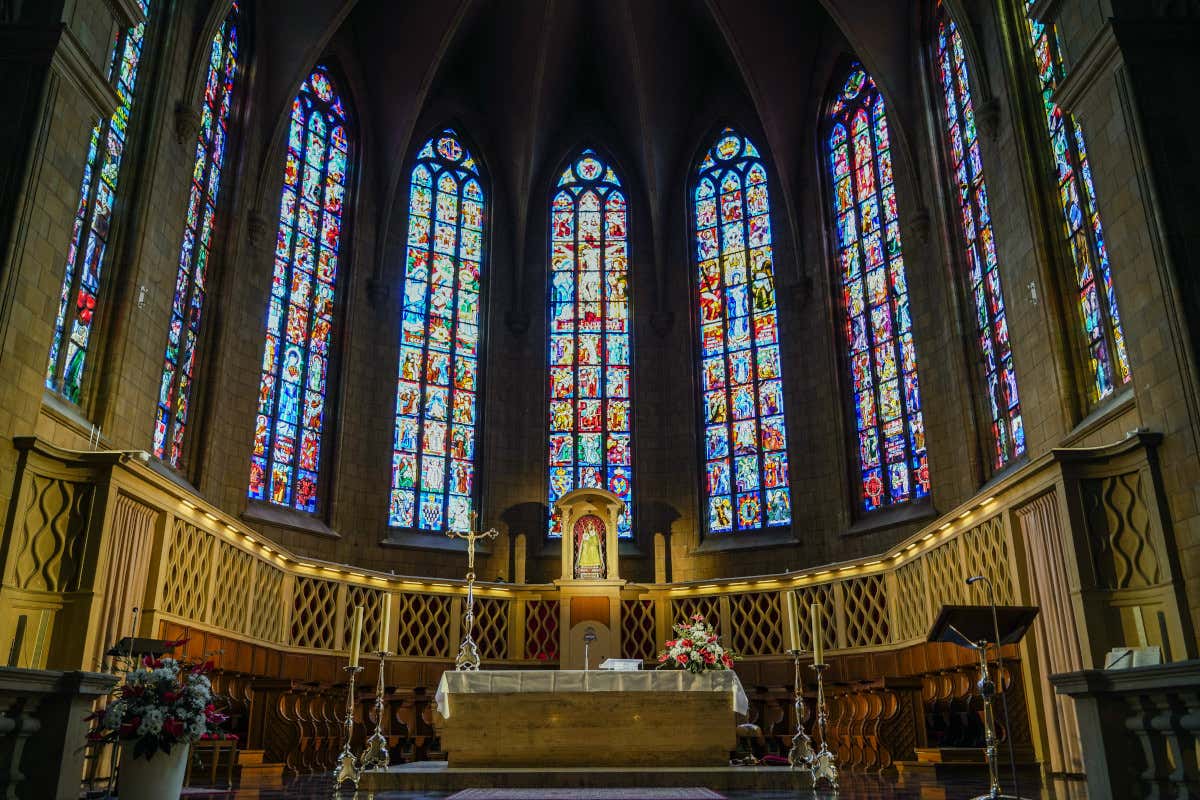
Just 5 minutes from the Notre-Dame Cathedral, you’ll find the Cinémathèque Luxembourg, a key institution in the city’s film scene. Serving as a cinema, film archive, and museum, the Cinémathèque is dedicated to preserving and celebrating the art of cinema. It plays an important cultural role in the country by providing a space for both film enthusiasts and professionals. It actively supports Luxembourg’s film industry by hosting a wide range of film screenings, festivals, themed series, conferences, talks, and more. If you’re passionate about the seventh art, don’t miss stopping by the Cinémathèque!
5. Go to a Christmas Market at the Place de la Constitution
A short walk from the cathedral, you’ll find the Place de la Constitution, one of the city’s most important squares. The square is home to a statue of a woman holding a laurel wreath, the Monument of Remembrance or Gëlle Fra, which means “Golden Lady.” This statue is a symbol of peace and honors Luxembourgers who lost their lives during World War I.
From this square, you’ll have the chance to admire scenic views of Pétrusse Valley and the Adolphe Bridge, making it a popular spot to take a picture if you’re into photography. The Place de la Constitution is often the venue for events and celebrations, mostly around national holidays. If you visit Luxembourg during the holiday season, this square transforms into a magical Christmas market with food stalls and Christmas decorations!
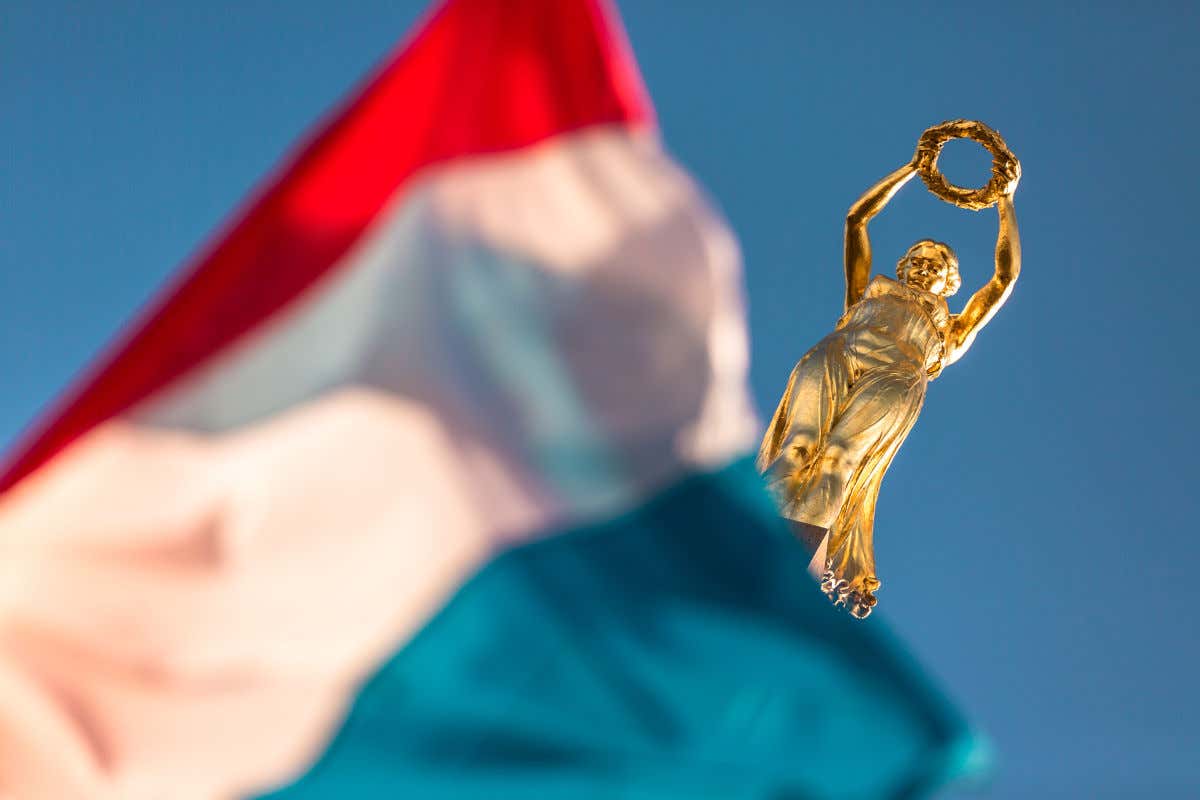
6. Discover the Mudam Museum in Fort Thüngen
Set on the historic site of the 18th-century Fort Thüngen, the Grand Duke Jean Museum of Modern Art, popularly known as Mudam, houses some of Luxembourg’s best exhibitions. Its collections display cutting-edge contemporary art across a variety of artistic disciplines, including painting, sculpture, photography, and video art. The Mudam has three levels and features work by many emerging artists and designers, as well as established ones. Andy Warhol, Jean-Michel Basquiat, Takashi Murakami, Marina Abramović, David Hockney, and Yoko Ono are just a few who have displayed their work at the Mudam.
Within the fort’s defensive walls, you’ll also find the Dräi Eechelen Museum. This museum offers a deep dive into the history of Luxembourg City, focusing on its fortifications and military heritage. Its striking underground galleries and passageways house a permanent exhibition with 600 artifacts that illustrate the city and country’s rich history. In many ways, the building itself is a key part of the exhibition, serving as a living testament to Luxembourg’s past.
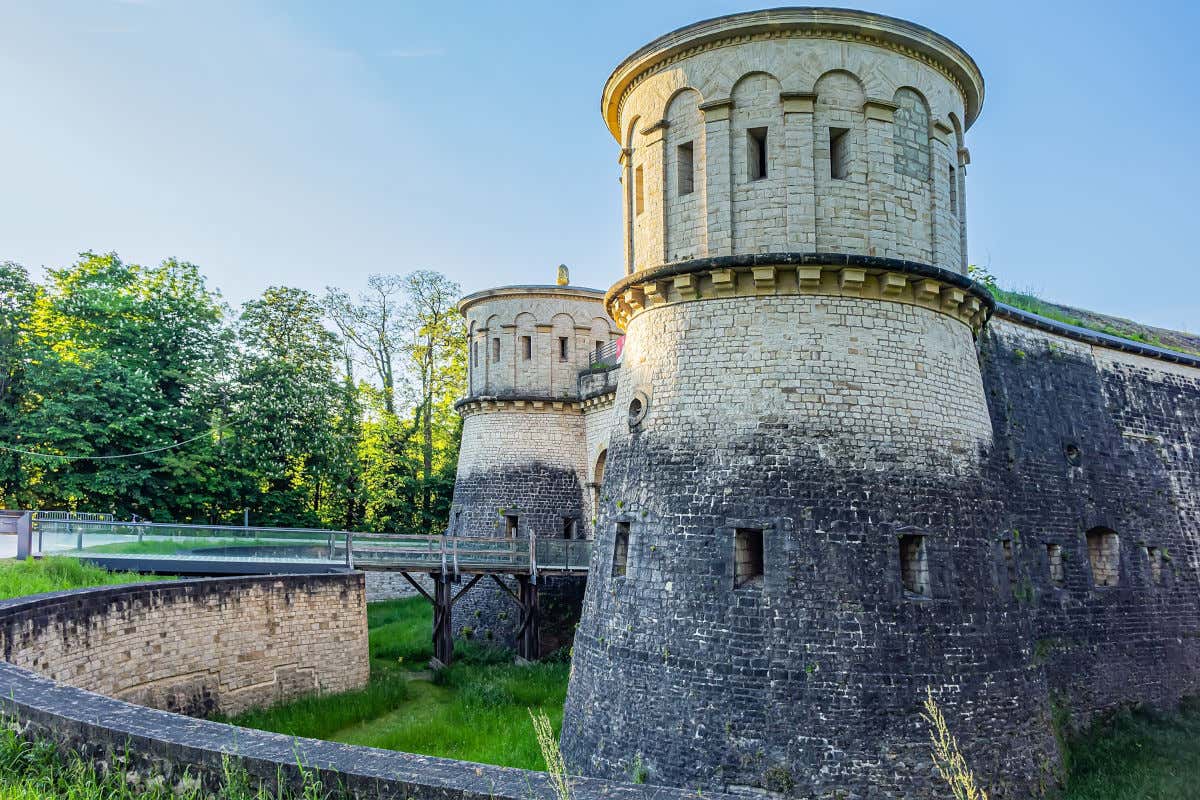
If you’re passionate about modern art or eager to explore Luxembourg’s history, these museums are a must. The surrounding area is also perfect for an outdoor picnic, with plenty of green spaces and shaded spots to relax and enjoy.
7. Stroll Through the Grund District
Charming cobblestone streets, medieval architecture, and scenic views—that’s the Grund district! This historic and popular neighborhood is nestled in the valley below the city center. Although it’s close to the heart of the city, Grund is a calm place surrounded by lush green hills, parks, and beautiful stone bridges. From the upper part of the city, you can enjoy stunning views overlooking Grund, which sits along the Alzette River.
Some important landmarks in this area are the Passerelle Bridge or the Old Bridge, remains of the city’s historic defenses, and Neumünster Abbey, a cultural center that was once a military hospital and prison. Check out these monuments while you’re exploring Grund, a UNESCO-recognized World Heritage Site!
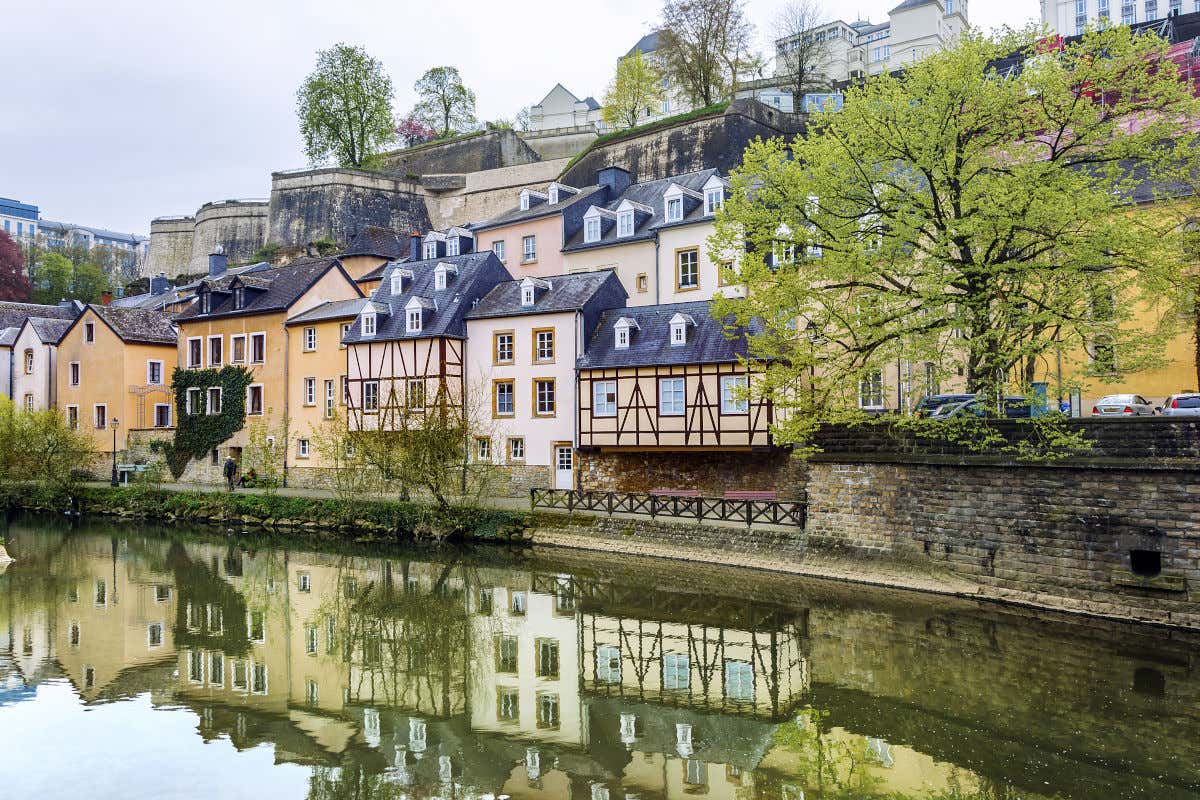
In the picturesque neighborhood of Grund, you’ll also find lively bars, cafés, and cozy restaurants. It’s the perfect spot to dive into the city’s vibrant nightlife and explore some of Luxembourg’s cuisine! Try local delicacies like the famous Judd mat Gaardebounen, a savory dish of smoked pork collar and broad beans, and the popular Rieslingspaschtéit, a meat pie prepared with white wine. Or, if you’re feeling adventurous, maybe you’ll even try Huesenziwwi, wild boar stew!
Speaking of food, why not join a food tour in Luxembourg to discover the country’s cuisine while strolling through the heart of the city?
8. Visit the Historic Bock Casemates
Did you know that Luxembourg City was once nicknamed the “Gibraltar of the North” because of its vast network of underground tunnels? Built on the northeastern corner of Luxembourg City’s old historical district, the Bock Casemates are a must-see for history buffs and anyone curious about the city’s rich heritage. These underground tunnels and fortifications were carved into the rocky cliff of the Bock promontory and tower above the Alzette River, which surrounds it on three sides.
The Bock Casemates were originally built as part of the city’s defenses in the 17th century under Spanish rule and were later expanded by the Austrians. In their prime, these casemates spanned over 10.56 miles (17 kilometers). Today, about 10% of the original tunnels remain accessible to visitors. Serving as shelters, storage areas, and even troop quarters, the Bock Casemates could accommodate over 1,200 soldiers and 50 cannons!
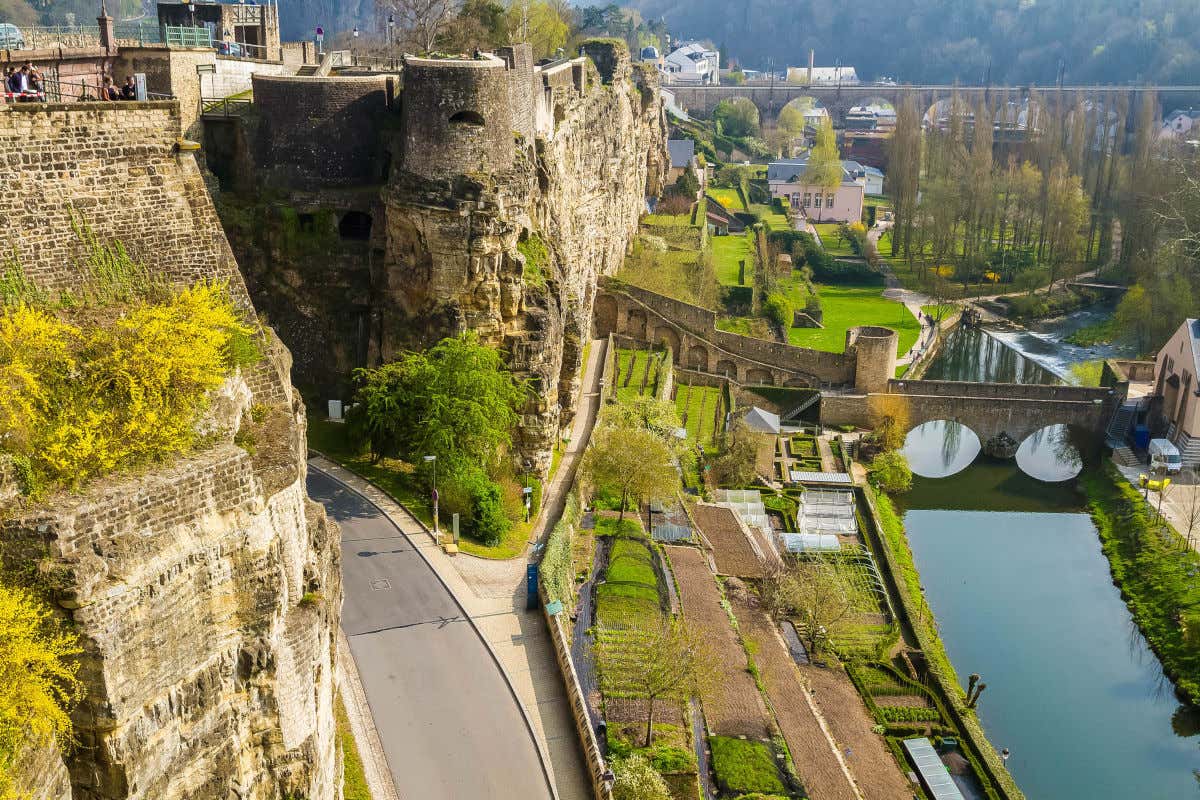
Here, you can also see the Pont du château, a two-story bridge connecting the Bock Casemates to the old town that provides four ways of crossing the cliffs. For a fascinating glimpse into Luxembourg’s military past, as well as stunning views of the Alzette River valley and the Grund neighborhood below, visit the Bock Casemates! You can get your ticket through Luxembourg’s official tourism website or directly at the ticket office. You’ll wander through the dimly lit tunnels and discover winding staircases, hidden chambers, and spectacular viewpoints. Get ready to admire the ruins of this ancient castle, declared a UNESCO World Heritage Site!
9. Go Up the Pfaffenthal Elevator
The striking Pfaffenthal Panoramic Elevator is a major tourist attraction and a unique and practical transport option in Luxembourg. This modern funicular elevator opened in 2016 and connects the city’s upper quarters of Ville Haute with the lower area of Pfaffenthal. This elevator, along with the Grund public elevator and the Pfaffenthal-Kirchberg Funicular, make up Luxembourg City’s three cable-based transport systems.
Rising 196 feet (60 meters), the Pfaffenthal Panoramic Elevator has a glass-bottomed walkway, offering gorgeous scenic views of the Alzette River, the Bock Casemates, and the red Grand Duchess Charlotte Bridge, named after one of Luxembourg’s most beloved figures. Hop on the Pfaffenthal Panoramic Elevator and experience the landscapes and architecture of Luxembourg City from a new perspective! It’s free to use and operates year-round!
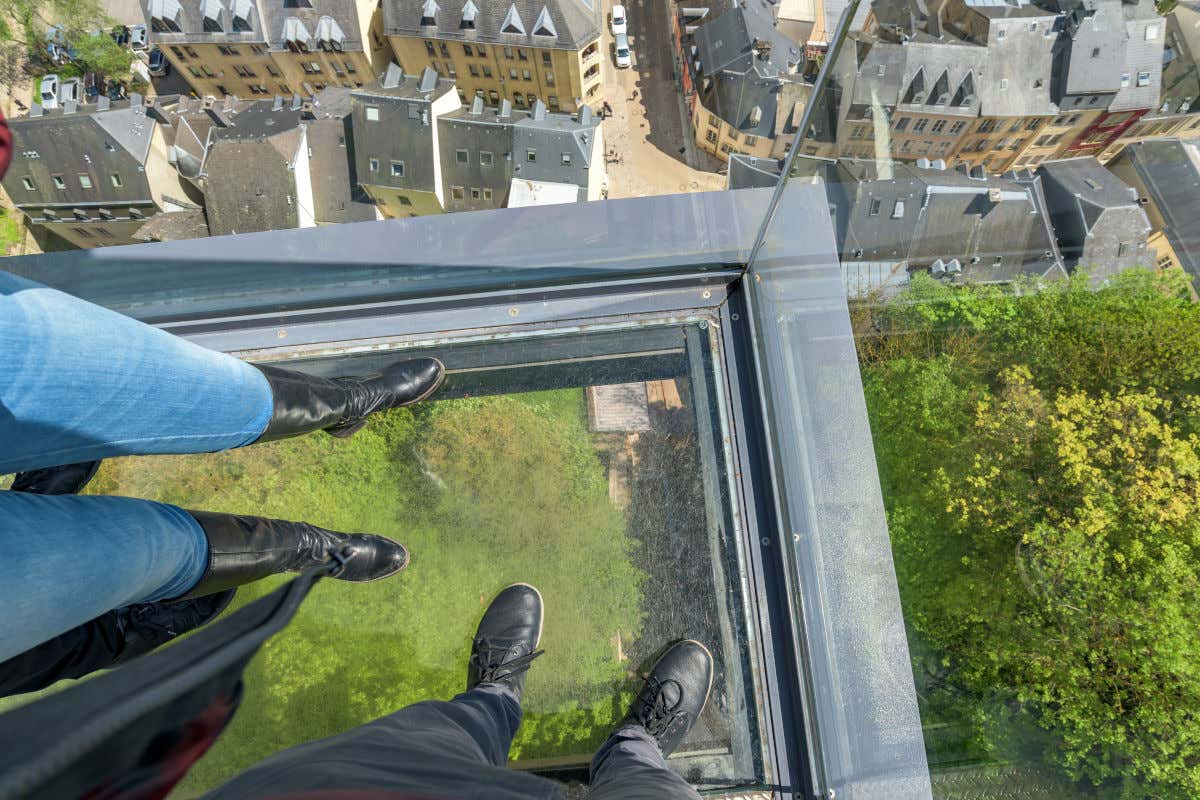
10. Unwind at Pétrusse Valley
If you’re a nature enthusiast, the Pétrusse Valley is an absolute must-see in Luxembourg. This popular spot for locals and tourists to relax and take a stroll or enjoy a picnic is known for its lush green landscapes, lovely views, and walking paths. Located near Ville Haute, the valley is home to Pétrusse Park and is a peaceful escape from the city, with the Pétrusse River winding through it.
The Pétrusse Viaduct, an impressive bridge that spans the valley and connects the city’s historic area with Ville Haute, is one of the most famous landmarks you’ll find here, along with the historic Bock Casemates nearby. Along the edge of the valley, you’ll see the mid-19th century La Passerelle Bridge (Old Bridge), a stone bridge with distinct arches that was originally built as a railway bridge. Today, it’s a pedestrian bridge, providing a scenic route for people walking between the upper and lower parts of the city.
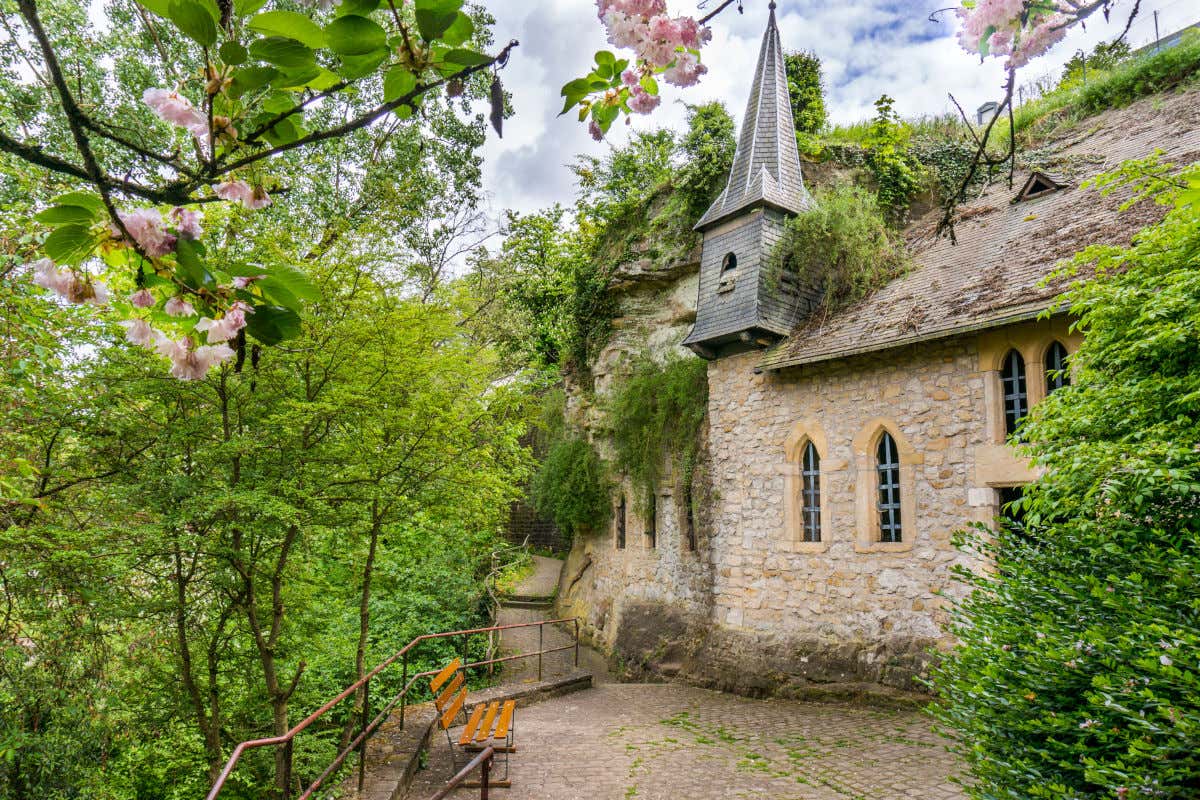
One of the main access trails to the park is located near the Adolphe Bridge, a monumental early 20th-century structure that was once the largest stone-arch bridge in the world! As you wander through the Pétrusse Valley, be sure to look for the Saint-Quirin Chapel. This hidden gem will surely surprise you!
In the mood for immersing yourself in even more nature while also learning about the city’s history? We suggest you check out our Luxembourg’s nature and castles tour, which starts right above Pétrusse Valley, in Boulevard de la Pétrusse.
11. Enjoy a Concert in the Philharmonie Luxembourg
Music lovers, this one is for you! The Philharmonie Luxembourg, officially called the Grande-Duchesse Joséphine-Charlotte Concert Hall, is a world-class concert hall in the Kirchberg district, near the European Union institutions. This venue opened in 2005 and is an important part of Luxembourg’s cultural scene. It serves as the home of the Luxembourg Philharmonic Orchestra, but it also welcomes international guest orchestras, renowned soloists, and conductors.
The Philharmonie Luxembourg boasts state-of-the-art acoustics, which is why it has a reputation for being one of the finest concert venues in the world. This modern architectural hall has a sleek, minimalist exterior with a white facade and 823 vertical columns that resemble a forest of white trees. Once you see it, you’ll understand why it’s one of the most visually striking concert halls in Europe!
Every year, the Philharmonie Luxembourg hosts a wide range of over 400 performances, including classical, contemporary, and jazz music. It also organizes educational events, workshops, and family-friendly programs. To visit the interior, you can either purchase a ticket for one of its musical events or book a guided tour through its official website.
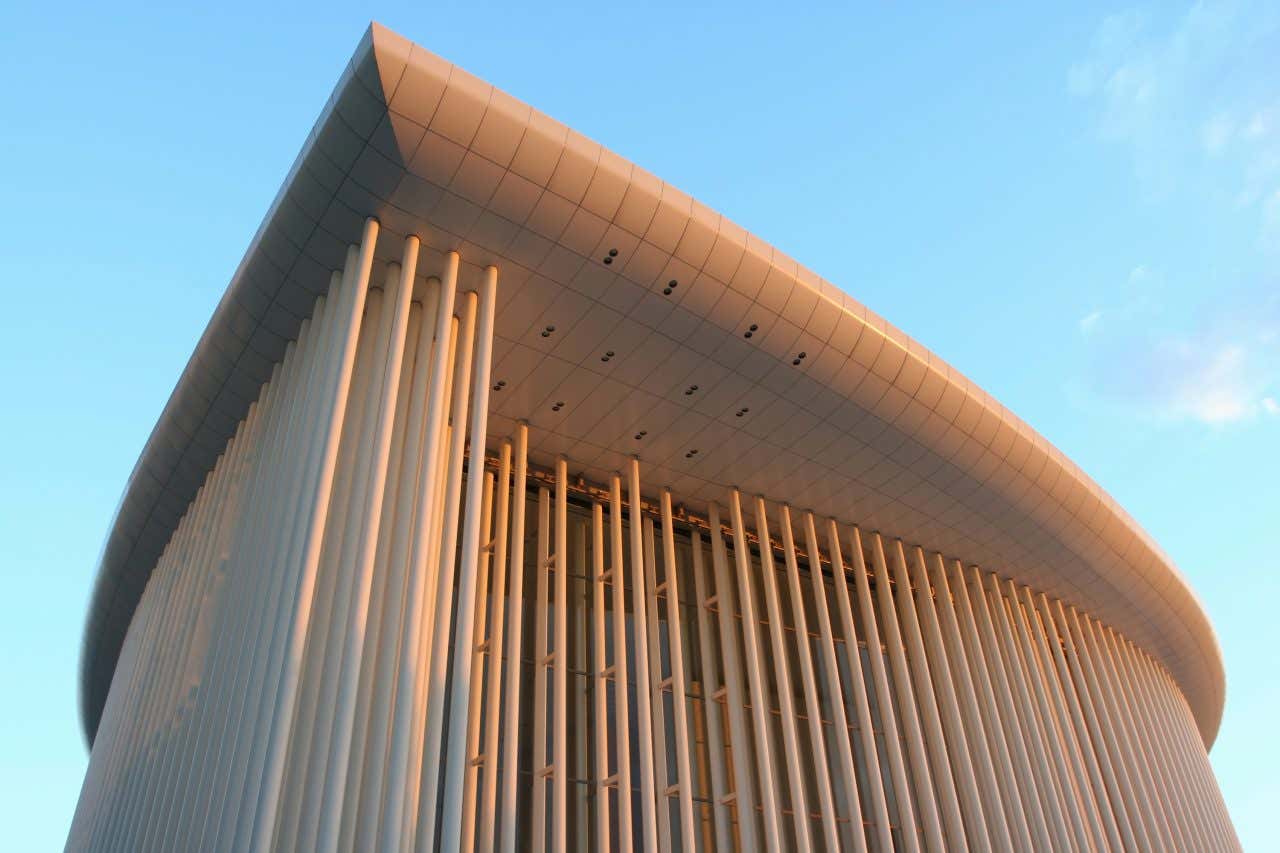
There you have it! Luxembourg’s unmissable things to do to make the most of your stay! Although it may be one of the world’s smallest countries, it’s bursting with charm, history, and activities for everyone. Whether you’re exploring its historic castles, strolling through the city’s cobbled streets, or immersing yourself in the vibrant cultural scene—Luxembourg proves that great things often come in small packages.





